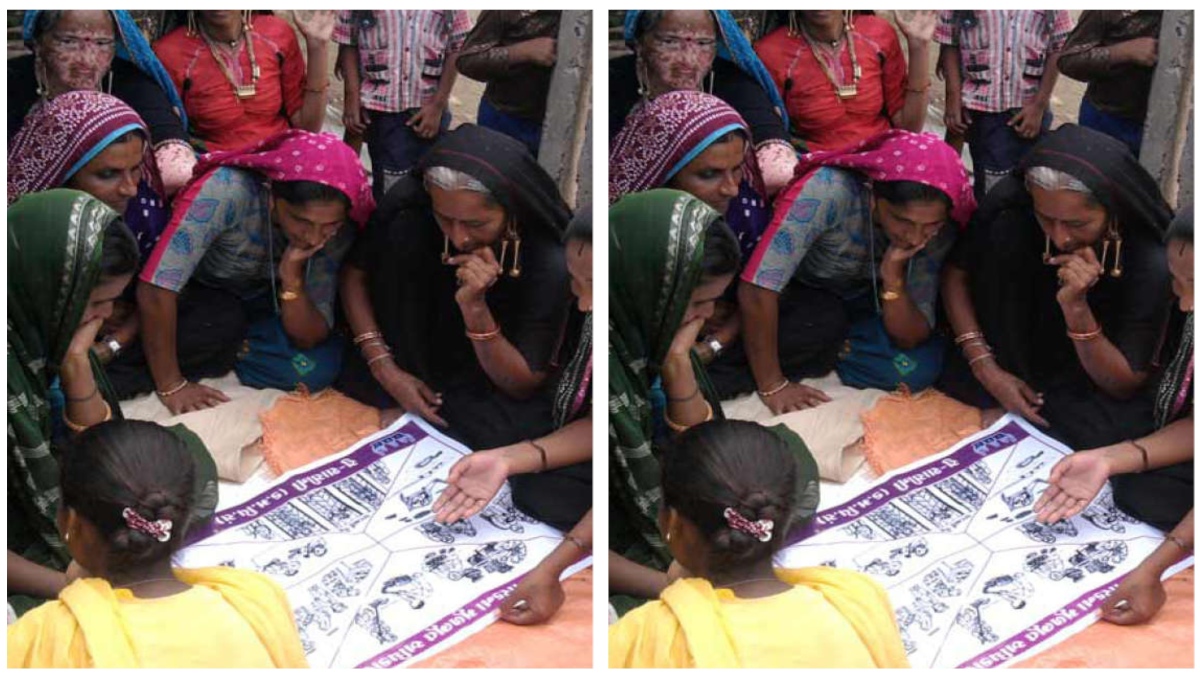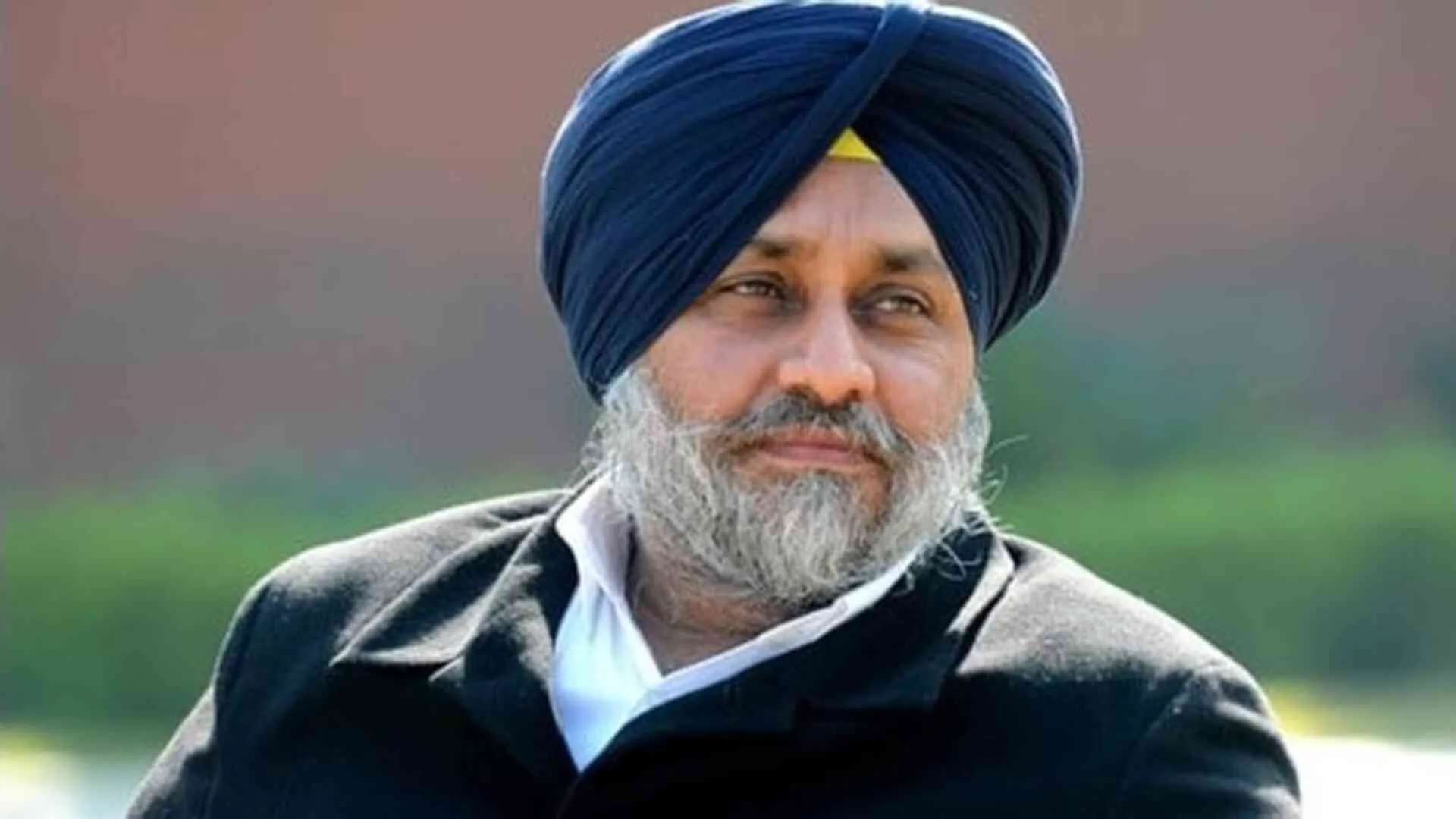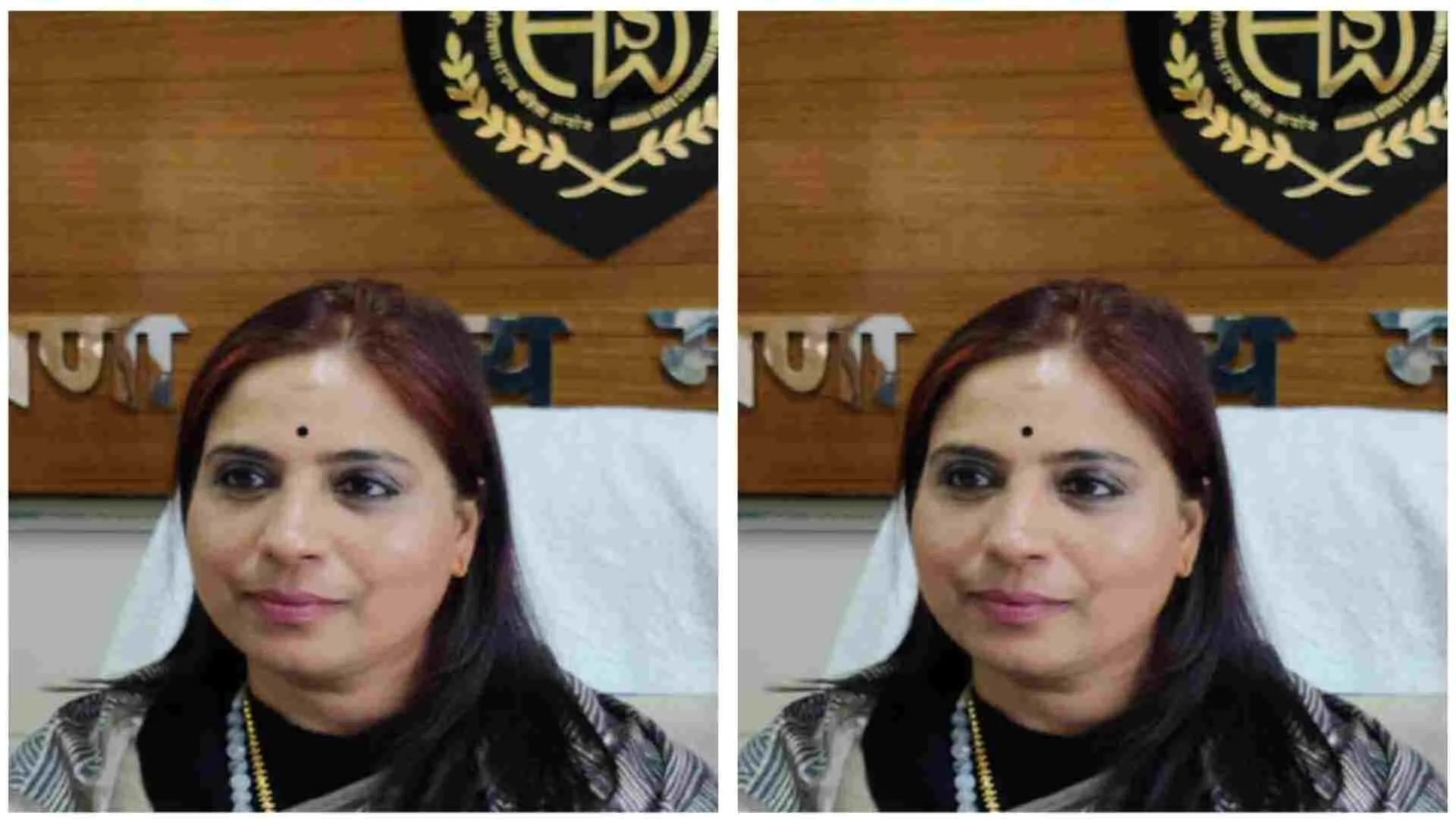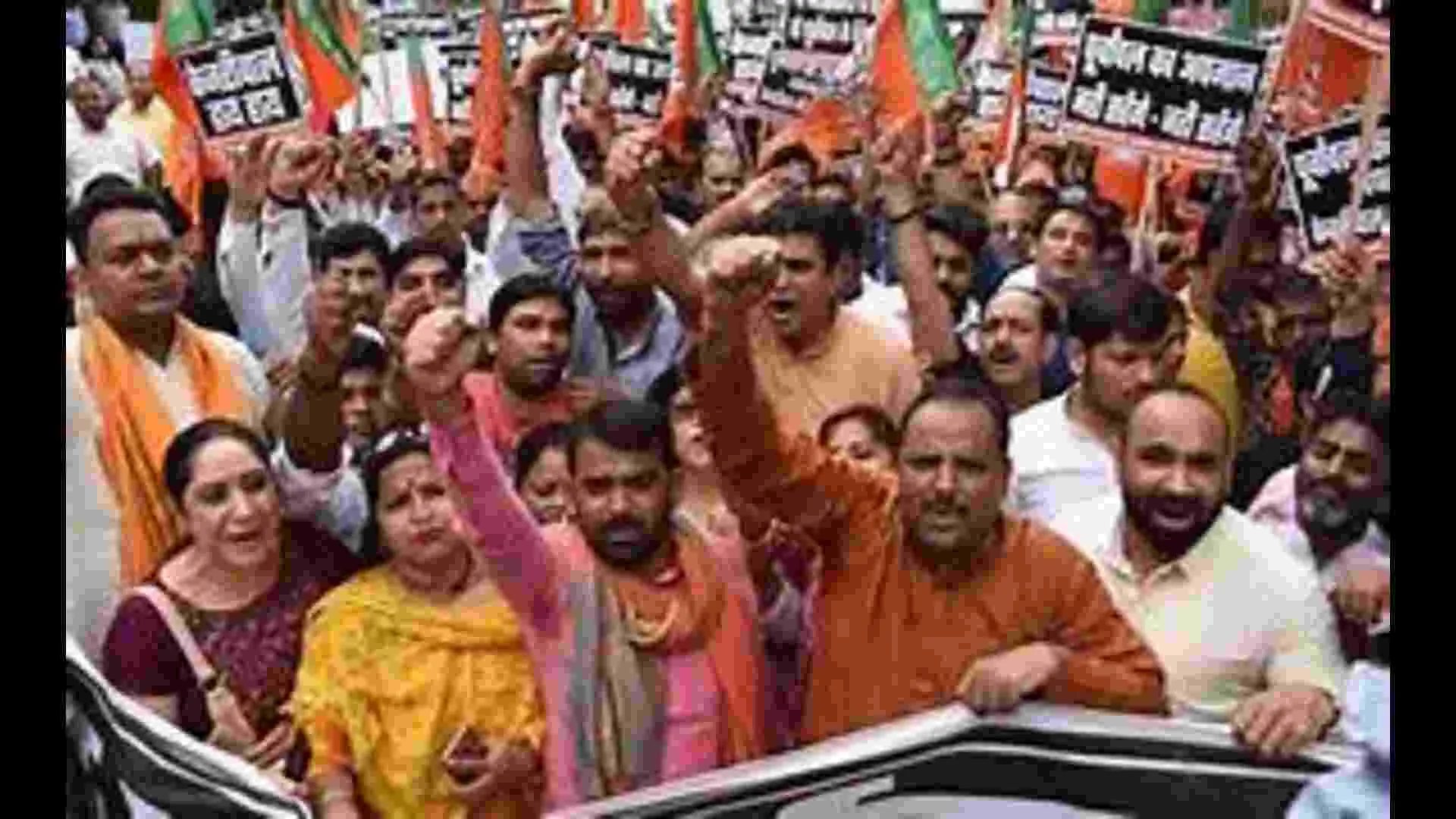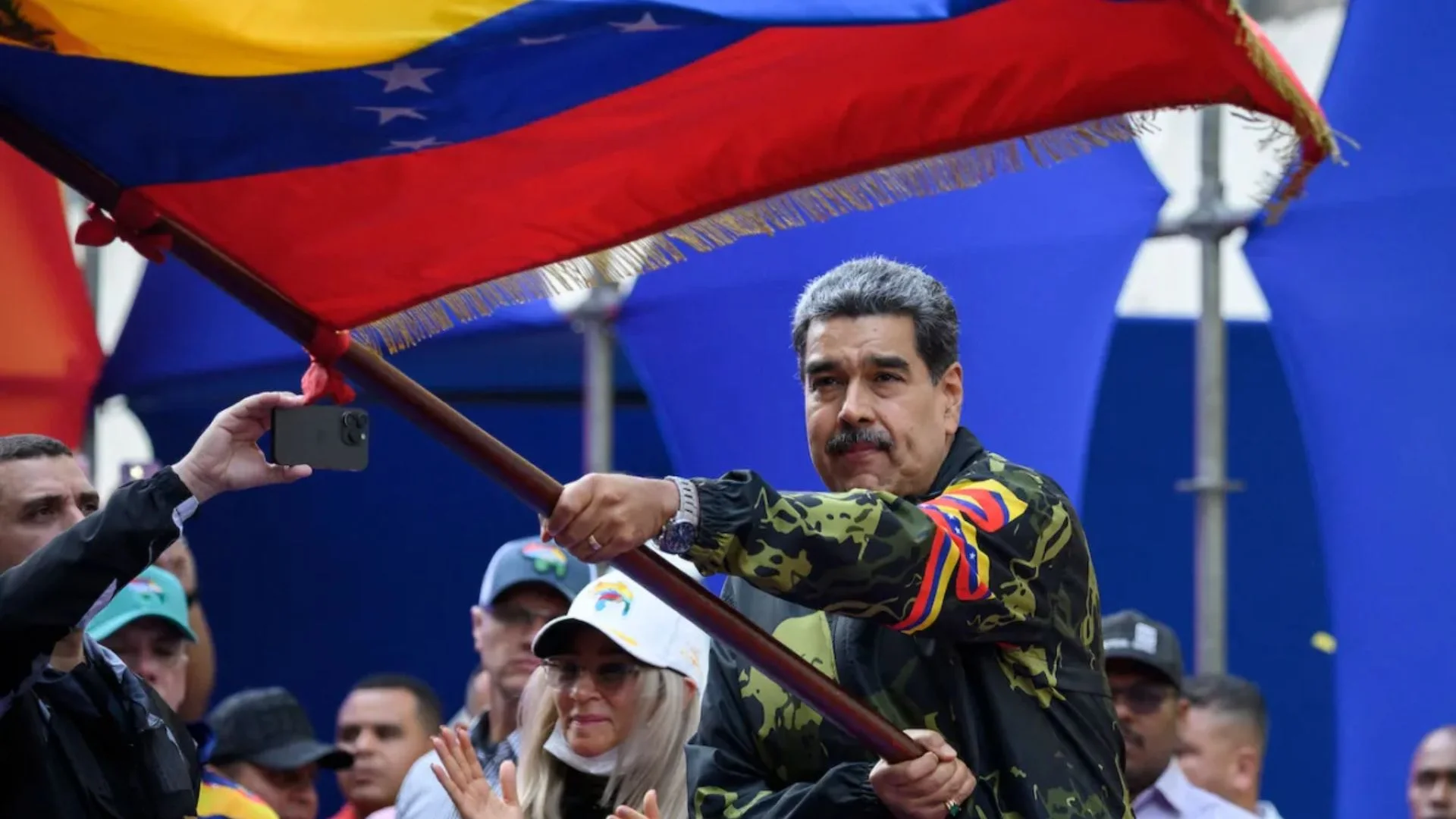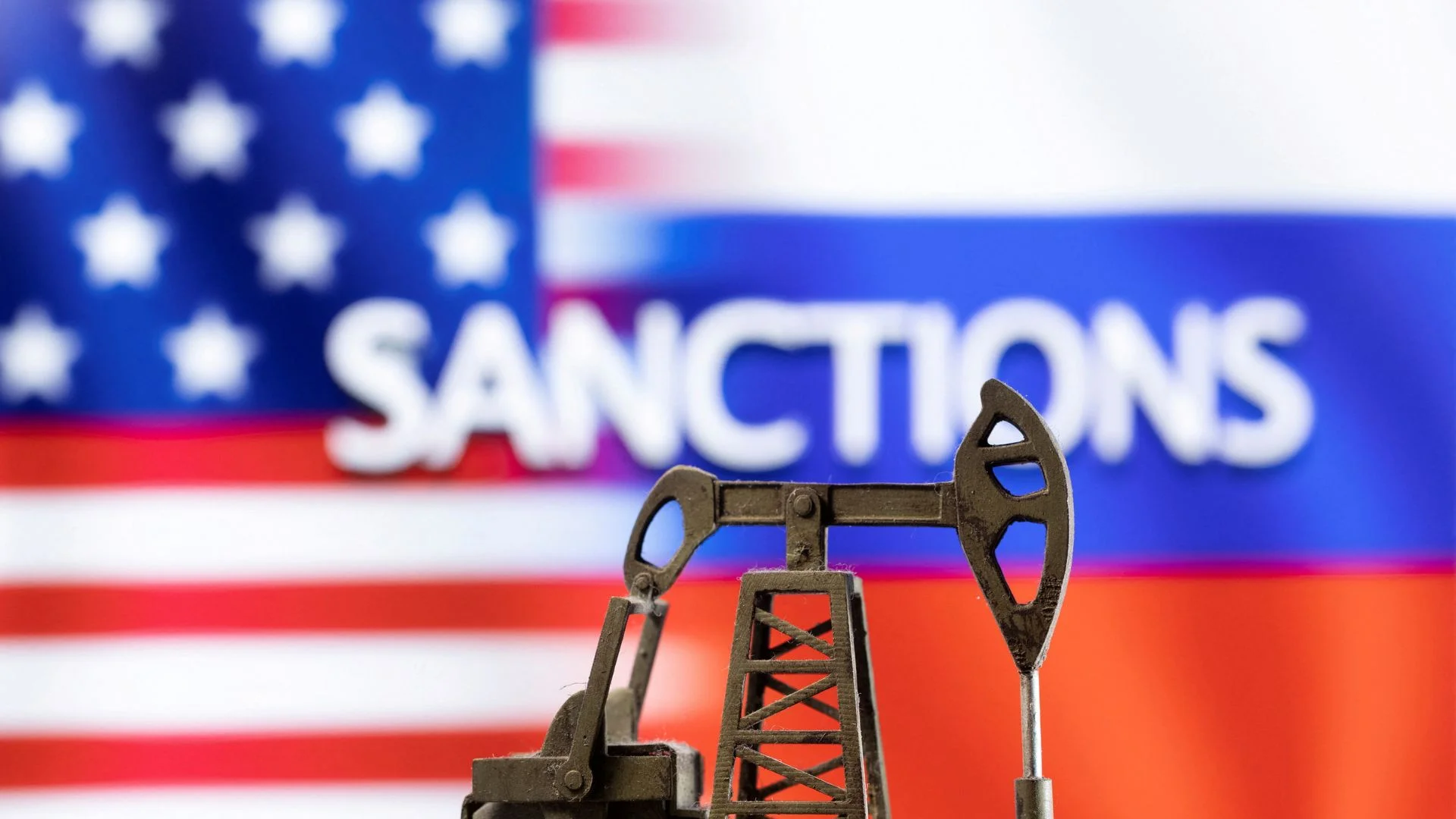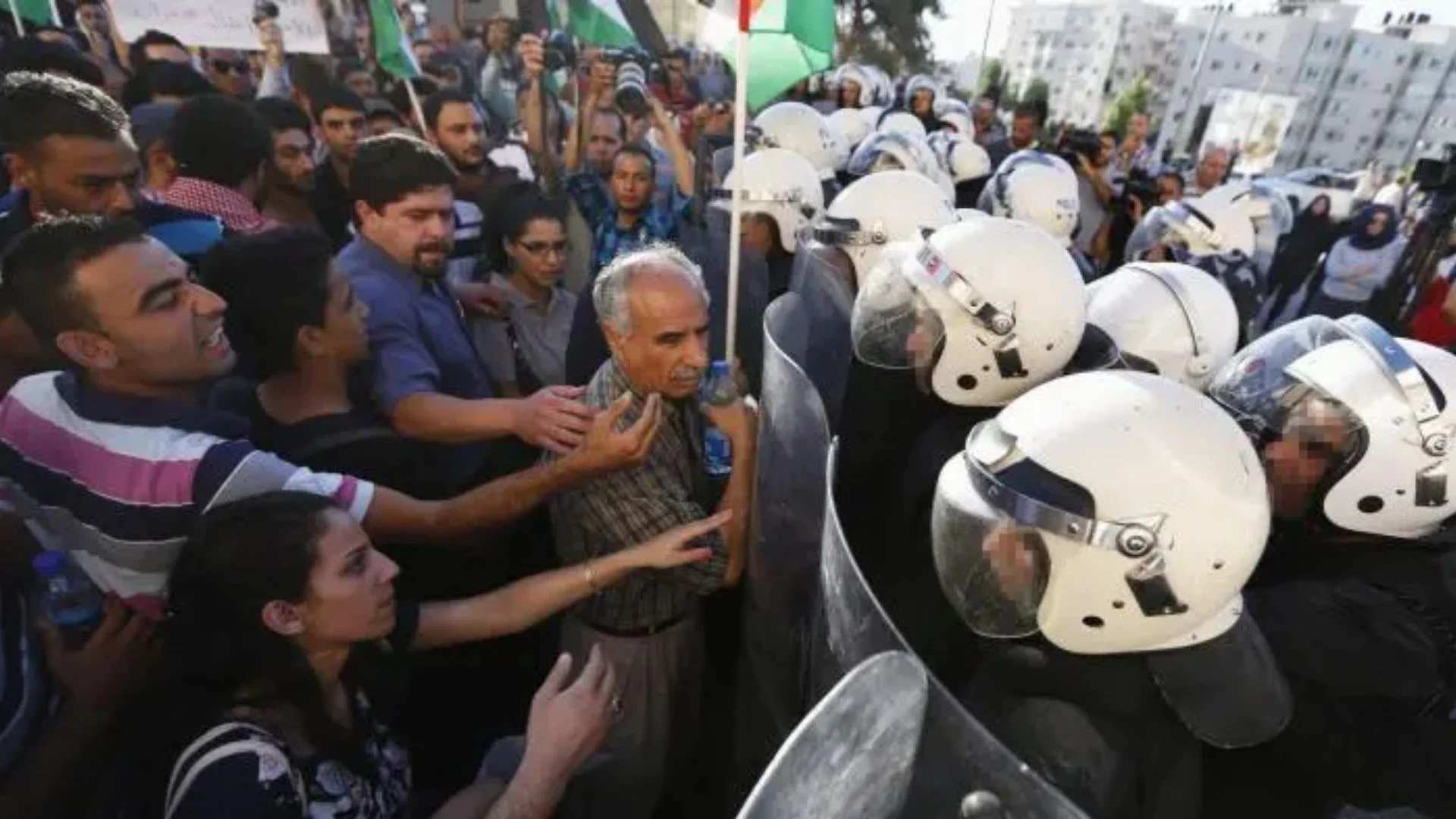With the recent election of Kamala Harris as the first female Vice President of the United States, the global discourse around gender equity has moved to the skewed participation of women in politics. Although Article 15 of the Constitution prohibits discriminating Indian citizens based on gender, women have been marginalized and excluded from the decision-making and political process. In terms of women’s participation in the government, India is ranked 148th in the world out of 193 nations. With 65.5% of the Indian population living in rural areas, powerful institutions such as the Panchayati Raj can empower the community to make decisions for themselves. Before 1985, only two women had participated in the Panchayati Raj Institutions in Punjab, Madhya Pradesh, Gujarat, West Bengal and Rajasthan. Additionally, Uttar Pradesh had had no political participation from women (Ahmad et al, 2008). This had led to the introduction of the 64th Amendment Bill, which had a special feature for 30% reservation for women. Although the bill was not passed, it had been a step in the right direction.
In April 1993, India took a landmark step towards development with the implementation of the 73rd Amendment to the Constitution which provided reservations for weaker segments of the population in Panchayat Raj Institutions. Through this Amendment, one-third of the seats are reserved for women as members and chairpersons of these institutions. By 1995, the number of women in Panchayats rose sharply, with the highest representation in Kerala and Madhya Pradesh where women filled 38% of the seats (Ahmad et al., 2008). There are 1.3 million women out of the 3 million representatives who are now actively participating in Panchayats (Bhatnagar, 2019). Currently, 20 states in India have made provisions in their respective State Panchayati Raj Acts and increased the reservation of women to 50%. Additionally, states such as Odisha have made it mandatory that if the chairperson in a village is a man, the vice-chairperson must be a woman (Mohanty, 1995). The reservation provisions for women have transformed grassroots democracy and given rural women the power to exercise their right and be involved in village governance.
Women’s participation in grassroots politics has been low due to the patriarchal mindset that women belong at home, where their responsibilities are confined to domestic work and child rearing (Chhibber, 2002). Women are thus actively discriminated against and since they have limited decision-making powers at home it is unrealistic to assume that they have many opportunities to make decisions for the community. With the foundation of change being laid by the 73rd Amendment, there has been a shift in the political landscape and women are becoming more proactive. Elected women representatives have transformed local governance by strengthening the status of marginalised sections of society and empowering those who don’t have a voice. Moreover, they inspire other women in society to break gender stereotypes and include themselves in the decision-making process.
Another important role that elected women representatives play is to bring about rural development. They have been able to tackle various political obstacles and introduce changes that are paramount to the well-being of their communities. Women are known to be effective leaders and bring in transparency and efficiency in their daily duties and administration. They understand the needs of their community and work well to bring awareness and solve issues that the community faces. Hence, in many cases, despite tackling various obstacles such as having to lobby hard for extra funds and resources, women leaders bring faster rural development than their male predecessors. Furthermore, women are considered to be the perfect agents of social revolution, standing up against socially regressive practices such as child marriage, the purdah system and dowry system to build a society free from oppression and discrimination.
With the entry of women in the political arena, the face of democracy has changed from a representative democracy to a participatory one. With women taking the leadership role in villages, they are mobilised with resources to take action against any form of caste-based or gendered violence. From viewing women as recipients of welfare benefits to involving them as successful agents of revolution, the debate on female empowerment has progressed (Zahir, 2018). However, despite being leaders, women continue to face numerous obstacles which make them vulnerable to discrimination and abuse.
Although there are no constitutional obstacles for the participation of women at the grassroots level, there are prevailing structural, functional and societal constraints that affect their political participation (Dubey et al., 2013). The 73rdAmendment was intended to include women in the political narrative however, women serving as proxies for their male relatives have questioned the efficacy of reservations for women. In some cases, these men cannot stand for elections because they do not fulfil the education requirements and take advantage of the seats reserved for women in their area (Mayal, n.d.). Under these circumstances, women are just politically unaware figureheads, while the men hold the real decision-making powers.
Additionally, elected women representatives have a tedious job with a myriad of roles and responsibilities to ensure the well-being of their community but earn meagre salaries. Some only receive an honorarium of Rs 3,000 in states such as Maharashtra, Odisha, Gujarat and Tamil Nadu (Chandra & Banoth, 2020). Furthermore, women who are panchayat presidents are not allowed any salaried jobs or employment under government-funded schemes, which renders these women economically powerless.
Historically, it is believed that women aren’t capable of making decisions and taking up leadership roles despite performing more duties than their male counterparts. Cultural barriers and a patriarchal mindset still plague many villages where men view women who are empowered leaders as a threat. Elected women representatives face obstacles such as a lack of faith in their decision-making capacities as a leader and the dominance of male members in the panchayat. Furthermore, women are subjected to politically motivated and gender-based violence in various forms which stagnate their participation in grassroots politics (Rao, 2018). However, women leaders can have an enormous impact in reshaping society and thus there is a need to tackle the obstacles that hinder women from discovering their full potential as leaders and change-makers.
Representation is a measure of equality. However, in India it is effective representation that truly matters. This can only occur when there are no structural, functional and societal constraints that impede women’s participation in grassroots politics. By removing gender-based discrimination in politics, India will be one step closer in empowering its women. Women empowerment, which is the need of the hour, can therefore be achieved through political participation where women would have a chance to broaden their horizons and make a change in society.
Avantika Singh is pursuing a master’s degree in public policy at O.P. Jindal Global University.

